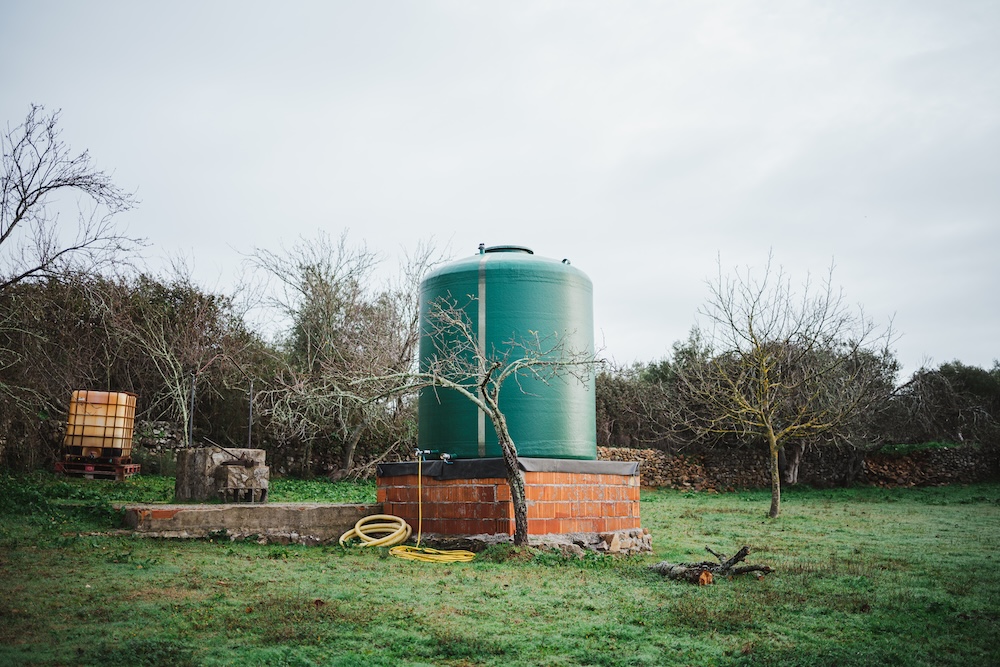Why These Systems Matter
As water scarcity and droughts become more frequent, many households are turning to rainwater harvesting and greywater recycling to reduce strain on municipal systems and cut utility bills.
What’s even better? In 2025, a growing number of local, state, and federal programs offer rebates, tax credits, and financial incentives to help cover the cost of installation.
Here’s what you need to know about saving money while saving water.
What Are Rainwater and Greywater Systems?
Rainwater Harvesting:
- Captures runoff from rooftops
- Stored in tanks or cisterns
- Used for irrigation, flushing toilets, laundry, or filtered for potable use (in some cases)
Greywater Systems:
- Divert gently used water from showers, sinks, and laundry (not toilets)
- Reused for landscape irrigation or underground percolation
- Helps reduce wastewater and protect aquifers
Types of Incentives Available
1. State and Local Rebates
Many states and municipalities offer rebates for:
- Installing rain barrels or cisterns
- Subsurface greywater systems
- Water-saving irrigation controllers
Examples:
- California: Up to $500 for rain barrels; up to $2,000 for cistern systems
- Texas: Local utility rebates and free water audits
- Arizona: Tucson offers up to $1,000 in greywater system incentives
2. Federal Tax Credits
While there’s no dedicated federal tax credit for rainwater or greywater systems as of 2025, you may qualify through:
- Energy-efficient home upgrades (if system integrates with solar or geothermal systems)
- LEED certification support for sustainable building credits
3. Green Infrastructure Grants
Some cities fund large-scale or community-based water conservation projects:
- Nonprofits or HOAs may apply for grants to install shared systems
- Developers may receive credits for stormwater management features
4. Agricultural and Rural Support
- USDA and state programs offer funds for rainwater harvesting and greywater reuse on farms or ranches
- Often covers cisterns, pumps, and filtration units
How to Find Rebates in Your Area
1. Use Local Water Utility Portals
Search for “[Your City] + water conservation rebate program.”
2. Visit Regional Conservation Agencies
Examples include:
- Save Our Water (California)
- EPA WaterSense program listings
- State energy and environment departments
3. Ask Installers and Contractors
Many experienced providers are familiar with local rebate options and can help you apply.
4. Check the DSIRE Database
The Database of State Incentives for Renewables & Efficiency (DSIRE) includes up-to-date listings for all U.S. programs:
- Visit: www.dsireusa.org
- Filter by water conservation, residential, or commercial systems
Requirements and Eligibility
- Must use approved systems or meet code compliance
- Permits often required for greywater systems
- Some rebates only apply to new installations, not retrofits
- Submit receipts, photos, or inspection documents
Environmental and Financial Benefits
- Reduce water bills by 30–50%, depending on usage
- Cut runoff and ease strain on stormwater infrastructure
- Lower carbon footprint by reducing treatment energy demand
Common Questions About Rebates and Greywater/Rainwater Systems
Is rainwater safe to drink?
Only if properly filtered and disinfected. Most home systems are for non-potable uses.
What’s the difference between greywater and blackwater?
Greywater is lightly used (sinks, showers, laundry). Blackwater contains sewage and must be treated.
Do rebates cover DIY systems?
Some do! Many programs offer incentives for homeowner-installed systems if receipts and inspections are provided.
How much does installation cost?
- Rain barrels: $50–$200
- Cisterns: $500–$5,000+
- Greywater systems: $1,000–$10,000 depending on size and complexity
Final Thoughts: Invest in a Smarter Water Future
Rainwater and greywater systems are more than just sustainable—they’re financially smart, increasingly supported, and vital for climate resilience.
If you’re considering one, take the time to research your local options, calculate the return on investment, and make the most of available support. The planet—and your water bill—will thank you.









Reader Interactions